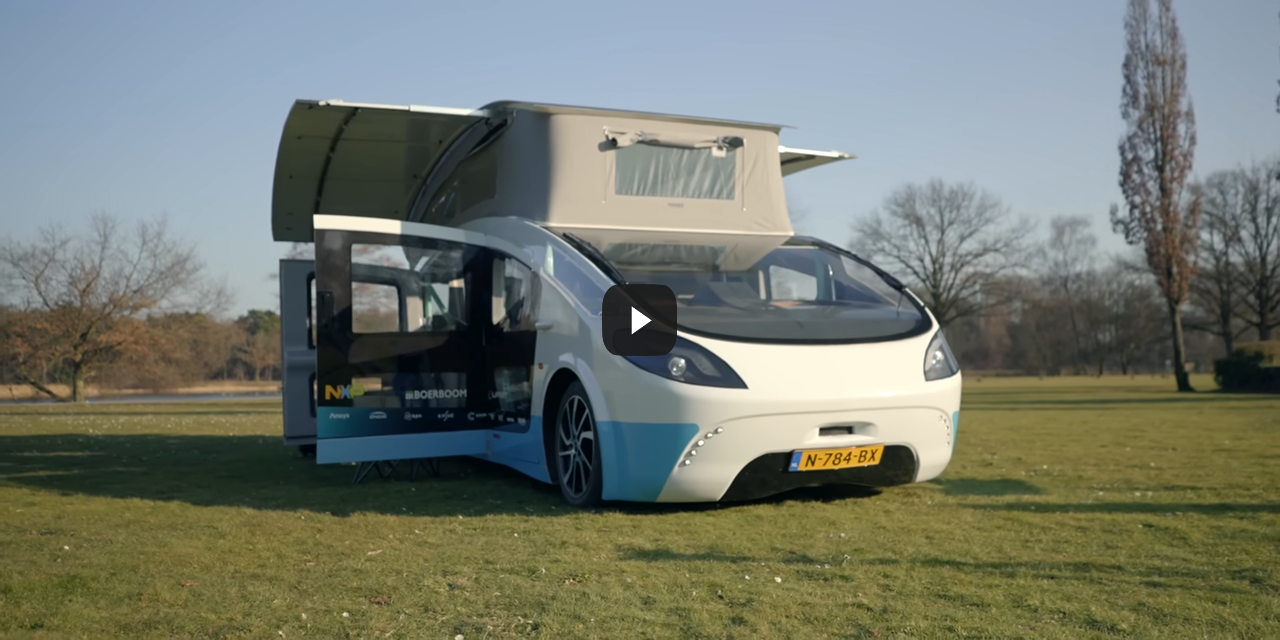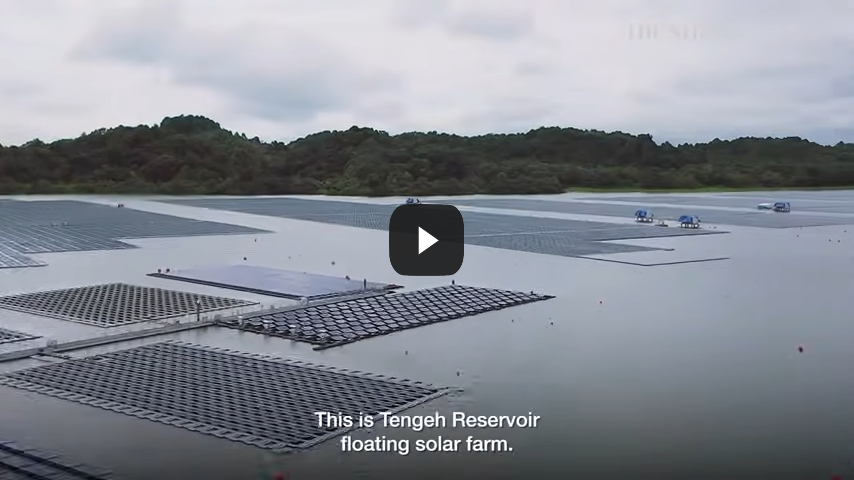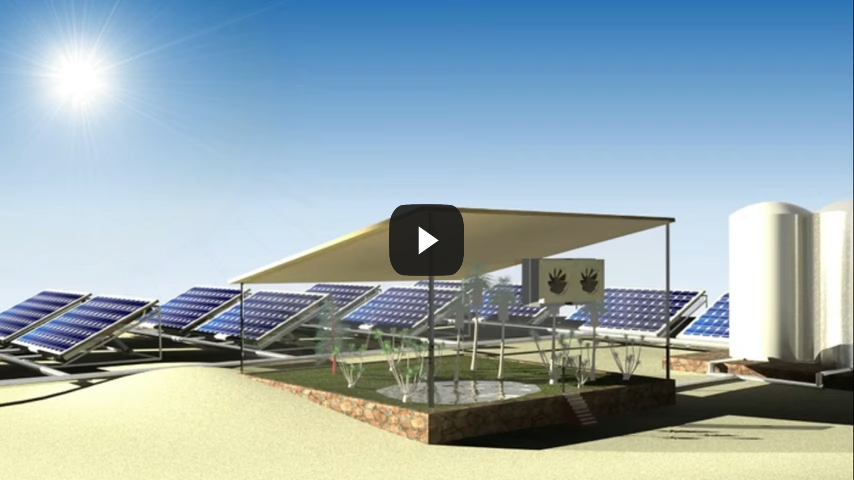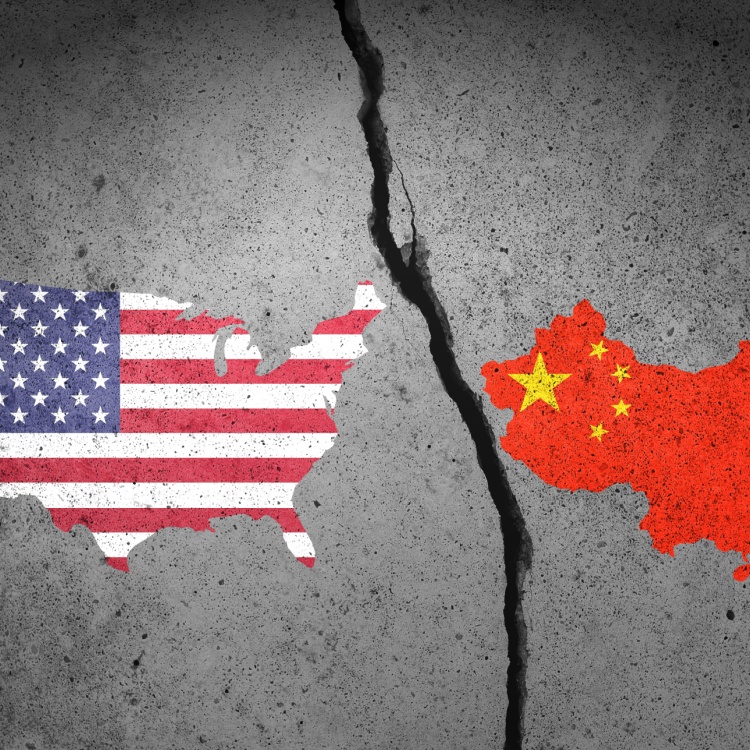Here Comes the Sun: Solar Power Is Looking Bright
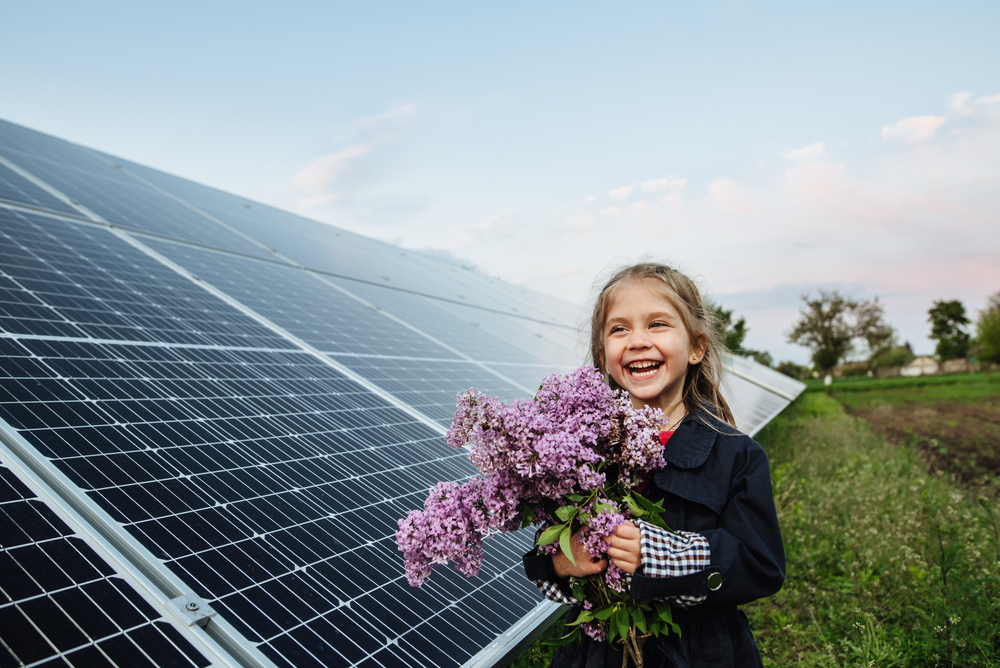
Making their way into vehicle designs, installed in reservoirs, and boosting food security in the desert, the future is bright for innovations in solar power.
For the first time, solar power has overtaken wind energy. According to the International Renewable Energy Agency (IRENA), solar now accounts for almost a third of the world’s renewable electricity generation capacity at 28%.
The future is looking bright for the solar energy industry. The price of harnessing the sun’s power has decreased dramatically. In 2010, it was the most expensive option in renewable energy, costing USD 378 to generate one megawatt-hour of electricity. By 2019, the global average cost was down to USD 68 per megawatt-hour.
The race to renewable energy
In the 2022 edition of its Renewable Capacity Statistics publication, IRENA reports that solar and wind were the fastest-growing renewable energy technologies, with both contributing to 88% of all new renewable energy capacity in 2021.
As the world battles climate change, let’s take a look at innovations that are maximizing the power of the sun.
A sunny road trip: a fully-solar powered campervan
Last October, the Dutch-made campervan Stella Vita drove almost 2,000 kilometers using the power of the sun. Stella Vita was designed by Solar Team Eindhoven, a multidisciplinary team of students from the Eindhoven University of Technology united in their goal of accelerating the transition to energy-efficient solar vehicles.
"The main goal is to really inspire people and the market and society to accelerate the transition towards a more sustainable future," 2021 Solar Team Eindhoven member Tijn Ter Horst shared with CNN. "What we're trying to do is to show people and show companies what's already possible."
A “self-sustaining house on wheels,” the campervan is powered by solar panels fitted to its roof, which can be raised and extended. This clever design has two purposes: to create a bigger living space and to double the solar surface from 8.8 square meters to 17.5 square meters.
When its 60-kWh battery is fully charged, the vehicle can travel up to 600 kilometers, even during the night and on cloudy days. On a sunny day, Stella Vita’s range goes up an extra 130 kilometers.
“On a cloudy day the vehicle can still produce 60-70% of the energy,” Dr. Carlo van der Weijer, the team’s coordinator, told The Guardian. “And even if there is no sun at all, you still have an efficient, normal electric car that you can charge from a charging port.”
Designed for two passengers, Stella Vita can hit a top speed of 130 kilometers per hour. The campervan has a bed, kitchen, sitting area, shower, and toilet. Through the built-in infotainment system, passengers can track their energy consumption.
"It creates energy awareness," Horst shared. "You can see how much energy is coming in from the sun, how much energy is in your battery and then it tells you—for example, if you want to make pancakes—how much energy it costs to make pancakes."
While this is not the first solar-powered vehicle that Solar Team Eindhoven has designed and manufactured, it’s the first one made not only for driving but for living in as well.
"The previous solar cars that the team made were producing so much energy that they could even power other electric vehicles,” said Horst. “So that's why we came up with the idea: 'okay, what are we going to do with the extra energy?'"
The answer? A long, comfortable, and environmentally responsible camping trip.
(Also read: Four Reasons Why You Should Have a Solar-Powered Home)
Singapore’s floating solar farms
“Singapore is now one of the most solar-dense cities in the world, having grown our solar capacity more than seven times since 2015,” Singapore Prime Minister Lee Hsien Loong shared during the official opening of the Sembcorp Tengeh Floating Solar Farm at Tengeh Reservoir last July 2021.
At 45 hectares or the size of 45 soccer fields, the Sembcorp Tengeh Floating Solar Farm is one of the largest inland floating systems in the world. Over 122,000 floating solar panels make up the 60 megawatt-peak (MWp) solar farm.
According to a press release by energy and urban solutions provider Sembcorp, the electricity generated from the solar farm can power around 16,000 four-room Housing & Development Board (HDB) flats, reducing carbon emissions by about 32 kilotons every year—the equivalent of getting 7,000 vehicles off the roads.
(Also read: Community Solar: Sharing the Sun's Power)
Growing crops in the desert
With its desert climate, summer daytime temperatures in the shade can exceed 100 °F (38 °C) in Saudia Arabia. In this harsh and arid climate, scientists have engineered a solution that supports clean energy and food and water security in one go.
Using a unique hydrogel, the scientists have designed a solar-powered system that can grow spinach by drawing water out of the dry air. How does that happen?
A solar photovoltaic panel sits on top of a layer of hydrogel. Hydrogel is a material that can absorb water vapor from the air. When heated, the hydrogel releases the water content. When the solar panels generate electricity, there is waste heat, which the researchers used to draw the absorbed water out of the hydrogel. At the bottom of the system is a large metal box that acts as a condensation chamber and collects the water.
To test their system, the team grew plants using the WEC2P for two weeks in June, when the weather was very hot in Saudi Arabia. Only water collected by the system was used to irrigate 60 water spinach seeds in a plastic plant-growing box.
During the two-week period, the solar panel, which is about as big as a student desk, produced 1,519 watt-hours of electricity. Out of the 60 spinach seeds planted, 57 sprouted and grew normally to 18 centimeters. Over the course of the experiment, around 2 liters of water were condensed from the hydrogel.
The design and the results of the WEC2P system were published in the peer-reviewed journal of Cell Reports Physical Science last March. The system is a sustainable and affordable approach to improving food and water security, especially for those living in dry-climate regions with little to no access to clean water or renewable energy.
“Our design makes water out of air using clean energy that would’ve been wasted and is suitable for decentralized, small-scale farms in remote places like deserts and oceanic islands,” said Peng Wang, a professor of environmental science and engineering at the King Abdullah University of Science and Technology.
“This strategy has the potential to make a solid contribution to the global water-energy-food nexus, generate electricity and produce water for remote and off-grid communities, improve food security in arid and semi-arid regions, and do so in a sustainable manner,” the authors wrote in their study.
(Also read: Agrivoltaics: Boosting Clean Energy and Food Security)
As one of the Top 19 EMS companies in the world, IMI has over 40 years of experience in providing electronics manufacturing and technology solutions.
We are ready to support your business on a global scale.
Our proven technical expertise, worldwide reach, and vast experience in high-growth and emerging markets make us the ideal global manufacturing solutions partner.
Let's work together to build our future today.

